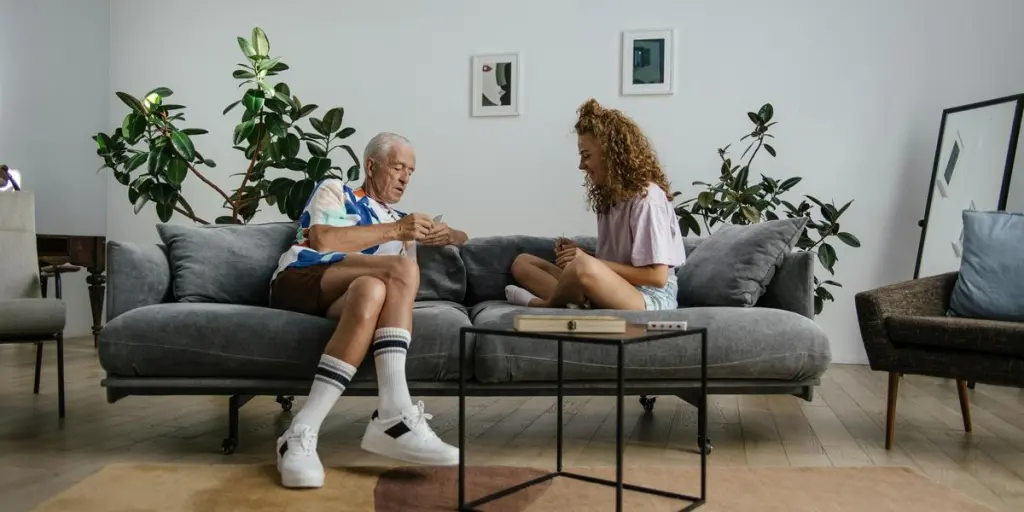Mid socks, often overlooked in the world of apparel, are experiencing a significant surge in demand. These versatile accessories are not only functional but also a fashion statement, catering to a wide range of consumer preferences and needs. This article delves into the market dynamics, key players, and regional trends shaping the mid socks market.
Table of Contents:
-Market Overview
-The Growing Demand for Mid Socks
-Key Players in the Mid Socks Market
-Regional Trends and Preferences
-Materials and Fabrics: The Foundation of Quality Mid Socks
-Popular Fabrics Used in Mid Socks
-The Role of Sustainable Materials in Mid Socks Production
-Innovations in Fabric Technology
-Design and Functionality: What Sets Mid Socks Apart
-Unique Design Elements in Mid Socks
-Functional Features for Enhanced Performance
-The Importance of Comfort and Fit
-Patterns and Colors: Making a Style Statement
-Trending Patterns in Mid Socks
-Popular Color Palettes for Different Seasons
-Cultural Influences on Mid Socks Design
-Price and Market Positioning: Finding the Right Balance
-Pricing Strategies for Mid Socks
-Positioning Mid Socks in the Competitive Market
-Conclusion
Market Overview

The Growing Demand for Mid Socks
The global socks market is forecasted to grow by USD 16.44 billion during 2023-2028, accelerating at a CAGR of 5.82% during the forecast period, according to Research and Markets. This growth is driven by the rising demand for specialized socks products, product innovation, and the growing preference for specific socks for specific purposes. Mid socks, in particular, are gaining popularity due to their versatility and comfort, making them a preferred choice for both casual and athletic wear.
The increasing awareness of foot health and hygiene is also contributing to the demand for mid socks. Consumers are becoming more conscious of the materials and technologies used in their socks, seeking options that offer better support, moisture-wicking properties, and durability. This trend is evident in the growing market for diabetic socks, which is expected to reach USD 101.63 million by 2030, growing at a CAGR of 5.42% from 2023 to 2030.
Key Players in the Mid Socks Market
The mid socks market is highly competitive, with several key players dominating the landscape. Major brands such as Adidas AG, Nike Inc., Puma SE, and Under Armour Inc. are leading the market with their innovative products and strong brand presence. These companies are continuously investing in research and development to introduce new materials, designs, and technologies that cater to the evolving needs of consumers.
Other notable players include Hanesbrands Inc., ASICS Corp., and FALKE KGaA, which are known for their high-quality products and extensive distribution networks. These companies are leveraging their expertise in the apparel industry to expand their product portfolios and capture a larger share of the mid socks market.
Regional Trends and Preferences
The demand for mid socks varies significantly across different regions, influenced by cultural preferences, climate, and lifestyle. According to the Global Socks Market report, the U.S. market is estimated at USD 15.6 billion in 2023, with a strong preference for casual and athletic socks. In contrast, the Chinese market is forecasted to grow at an impressive 10.4% CAGR to reach USD 23 billion by 2030, driven by the increasing adoption of Western fashion trends and the growing middle-class population.
In Europe, countries like Germany and the UK are witnessing a steady demand for mid socks, particularly in the formal and business segments. The Asia-Pacific region, including Japan, India, and South Korea, is also experiencing significant growth, fueled by the rising disposable income and changing fashion preferences among consumers.
The Middle East and Africa, though currently a smaller market, are expected to see substantial growth in the coming years. The increasing urbanization and growing awareness of global fashion trends are driving the demand for mid socks in these regions.
Materials and Fabrics: The Foundation of Quality Mid Socks
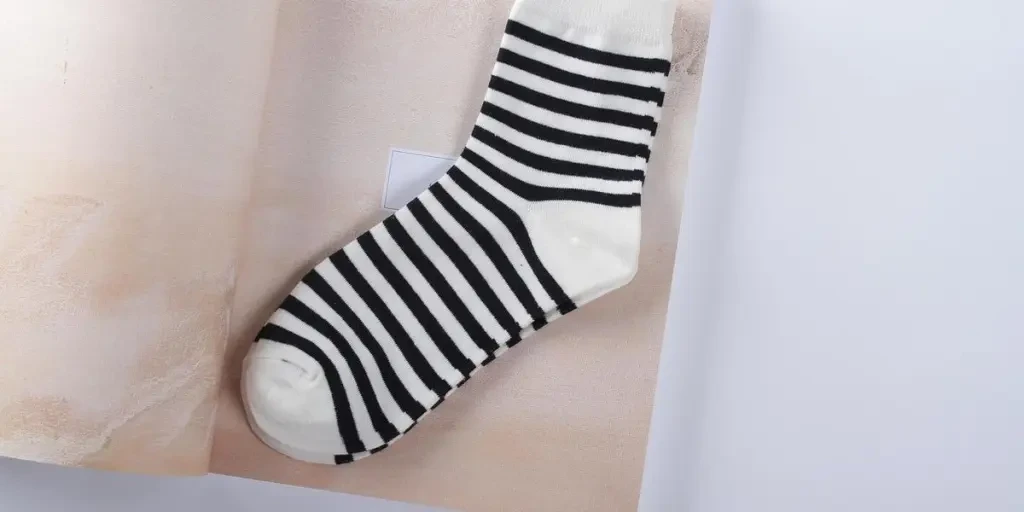
Popular Fabrics Used in Mid Socks
The choice of fabric is crucial in determining the quality and functionality of mid socks. Cotton remains a popular choice due to its breathability and softness, making it ideal for everyday wear. According to a professional report, cotton blends, often mixed with polyester or spandex, enhance durability and elasticity, ensuring a snug fit and prolonged wear. Wool, particularly merino wool, is favored for its natural moisture-wicking properties and insulation, making it suitable for colder climates and athletic activities. Additionally, synthetic fibers like nylon and acrylic are commonly used for their strength, quick-drying capabilities, and resistance to abrasion.
The Role of Sustainable Materials in Mid Socks Production
Sustainability is increasingly becoming a priority in the apparel industry, and mid socks are no exception. The use of organic cotton, recycled polyester, and bamboo fibers is on the rise, driven by consumer demand for eco-friendly products. Reported by WGSN, brands are investing in sustainable materials to reduce their environmental footprint. For instance, recycled polyester, made from post-consumer plastic bottles, not only diverts waste from landfills but also requires less energy to produce compared to virgin polyester. Bamboo fibers, known for their natural antibacterial properties and biodegradability, offer a sustainable alternative to traditional materials.
Innovations in Fabric Technology
Advancements in fabric technology are revolutionizing the mid socks market. Innovations such as moisture-wicking fabrics, compression technology, and seamless construction are enhancing the performance and comfort of mid socks. Moisture-wicking fabrics, often used in athletic socks, help keep feet dry by drawing sweat away from the skin. Compression technology, which improves blood circulation and reduces muscle fatigue, is becoming a standard feature in performance socks. Seamless construction, achieved through advanced knitting techniques, minimizes friction and prevents blisters, ensuring maximum comfort during prolonged wear.
Design and Functionality: What Sets Mid Socks Apart
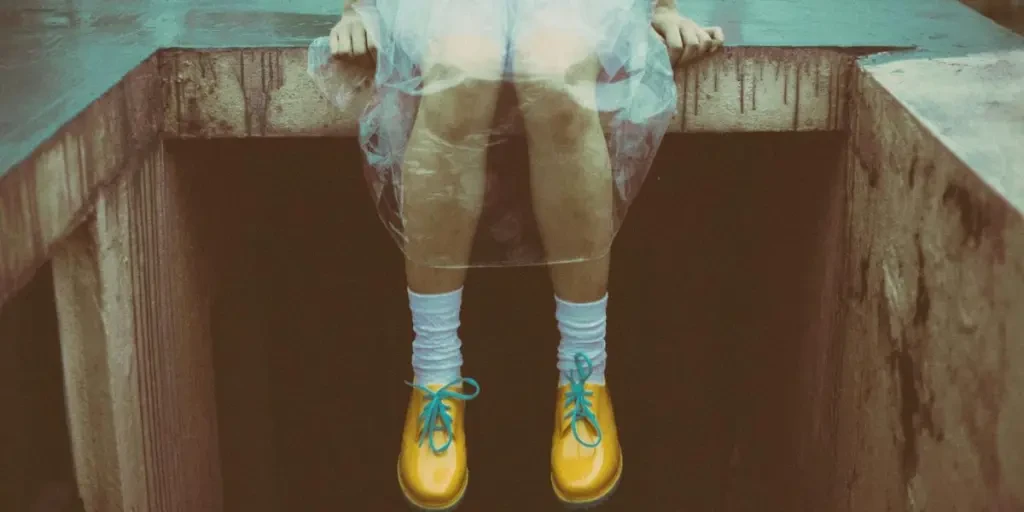
Unique Design Elements in Mid Socks
Design plays a significant role in differentiating mid socks from other sock types. Unique design elements such as reinforced heels and toes, arch support, and cushioned soles enhance the functionality and durability of mid socks. According to a report by EDITED, the trend of visible socks has led to the incorporation of stylish patterns and vibrant colors, making mid socks a fashion statement. Additionally, features like ribbed cuffs and elastic bands ensure a secure fit, preventing the socks from slipping down during wear.
Functional Features for Enhanced Performance
Mid socks are designed with various functional features to cater to different needs. For athletes, features like targeted cushioning, ventilation zones, and compression support are essential for optimal performance. Reported by WGSN, the integration of antimicrobial treatments in the fabric helps prevent odor and bacterial growth, making mid socks suitable for intense physical activities. For everyday wear, features like seamless toe construction and soft, breathable fabrics ensure all-day comfort.
The Importance of Comfort and Fit
Comfort and fit are paramount when it comes to mid socks. A well-fitting sock not only enhances comfort but also prevents issues like blisters and foot fatigue. According to industry experts, the use of spandex or elastane in the fabric blend provides the necessary stretch for a snug fit. Additionally, ergonomic designs that conform to the natural shape of the foot offer superior comfort and support. The importance of comfort and fit is further emphasized by the growing trend of personalized and custom-fit socks, which cater to individual preferences and needs.
Patterns and Colors: Making a Style Statement
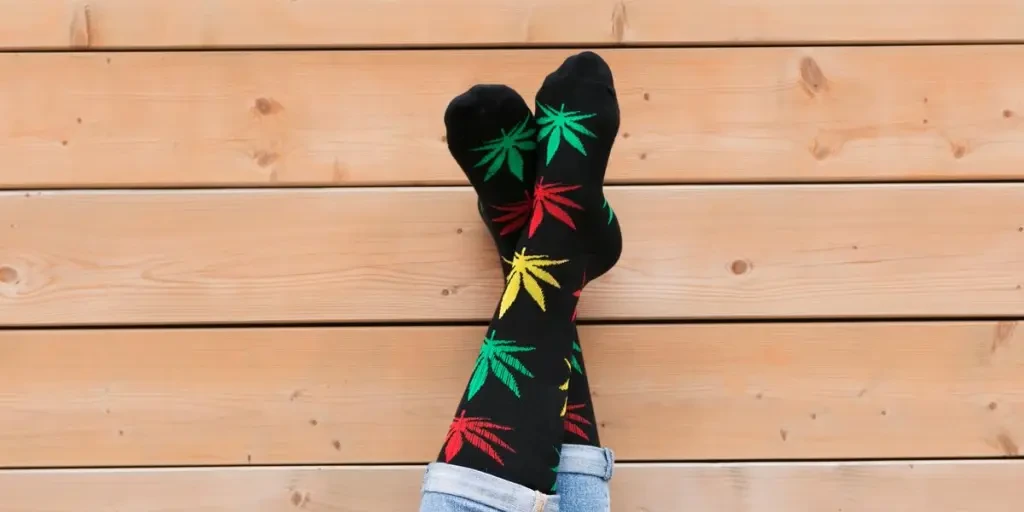
Trending Patterns in Mid Socks
Patterns play a crucial role in the aesthetic appeal of mid socks. Trending patterns include stripes, polka dots, and geometric designs, which add a touch of personality to any outfit. According to a report by WGSN, novelty socks featuring quirky and playful designs are particularly popular among younger consumers. Additionally, the trend of color-blocking, where contrasting colors are used in different sections of the sock, is gaining traction in the fashion world.
Popular Color Palettes for Different Seasons
Color palettes for mid socks vary with the seasons. In spring and summer, bright and vibrant colors like neon greens, pinks, and blues dominate the market, reflecting the cheerful and energetic vibe of the season. For fall and winter, earthy tones such as browns, grays, and deep reds are preferred, aligning with the muted and cozy aesthetic of the colder months. According to a professional report, the use of seasonal color palettes not only enhances the visual appeal of mid socks but also allows brands to stay relevant and trendy throughout the year.
Cultural Influences on Mid Socks Design
Cultural influences play a significant role in shaping the design of mid socks. Traditional patterns and motifs from different cultures are often incorporated into sock designs, adding a unique and authentic touch. For instance, Japanese-inspired designs featuring cherry blossoms and koi fish are popular in the global market. Additionally, the influence of streetwear culture has led to the rise of bold and edgy designs, often featuring graphic prints and logos.
Price and Market Positioning: Finding the Right Balance
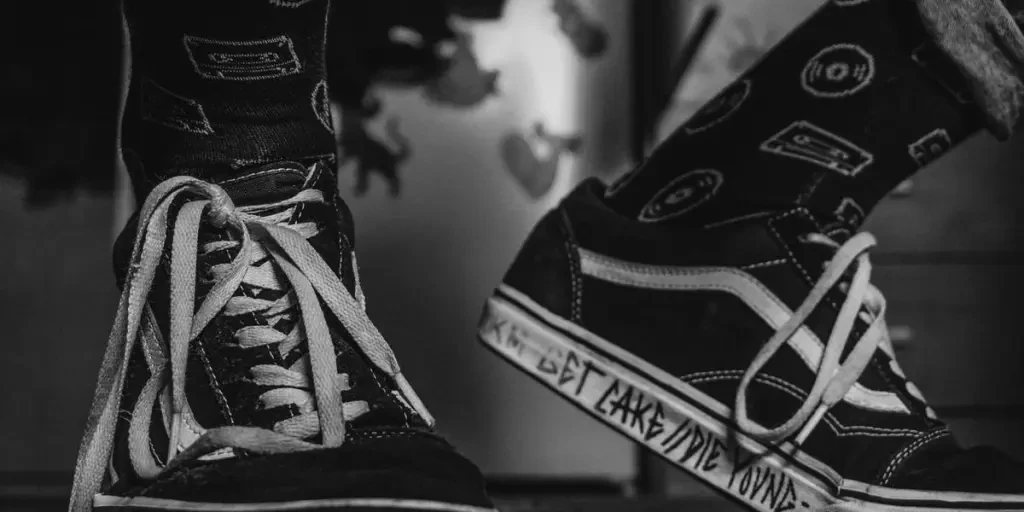
Pricing Strategies for Mid Socks
Pricing strategies for mid socks vary depending on the target market and brand positioning. Premium brands often use high-quality materials and advanced technologies, justifying a higher price point. According to a report by EDITED, bundling sock lengths in multi-packs offers value for consumers and better margins for retailers. Additionally, limited edition and collaboration collections can command higher prices due to their exclusivity and unique designs.
Positioning Mid Socks in the Competitive Market
In a competitive market, effective positioning is crucial for the success of mid socks. Brands need to differentiate themselves through unique selling points such as sustainability, innovative features, and stylish designs. According to industry reports, leveraging social media and influencer marketing can help brands reach a wider audience and build a loyal customer base. Additionally, offering a diverse range of products that cater to different needs and preferences can enhance market positioning and attract a broader consumer base.
Conclusion
The mid socks market is evolving with advancements in fabric technology, innovative designs, and a focus on sustainability. As consumer preferences shift towards eco-friendly and high-performance products, brands have the opportunity to differentiate themselves through unique features and stylish designs. The future of mid socks looks promising, with continued innovation and a growing emphasis on comfort, functionality, and sustainability. Business buyers can capitalize on these trends by offering high-quality, versatile, and trendy mid socks that cater to a diverse consumer base.
